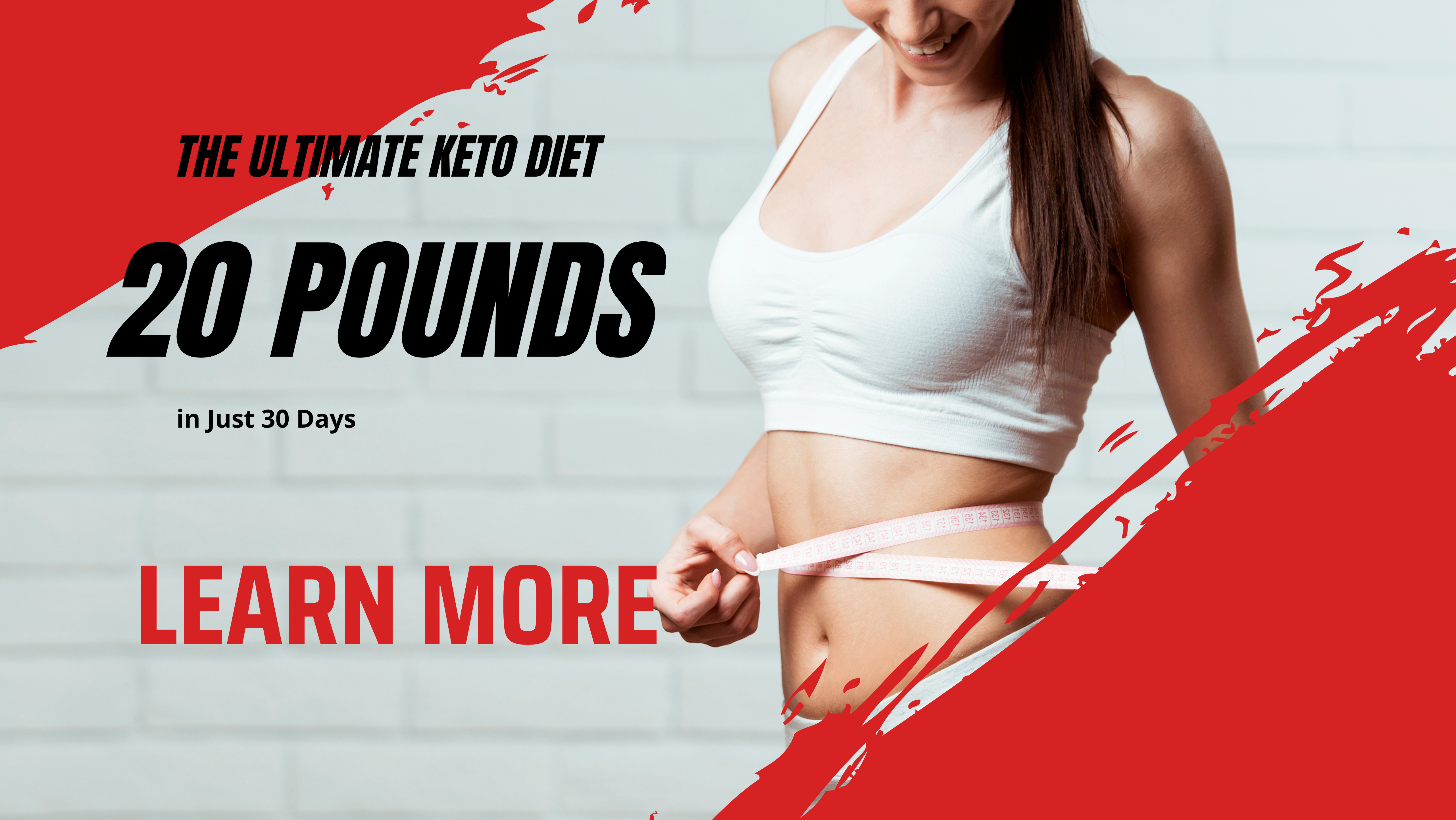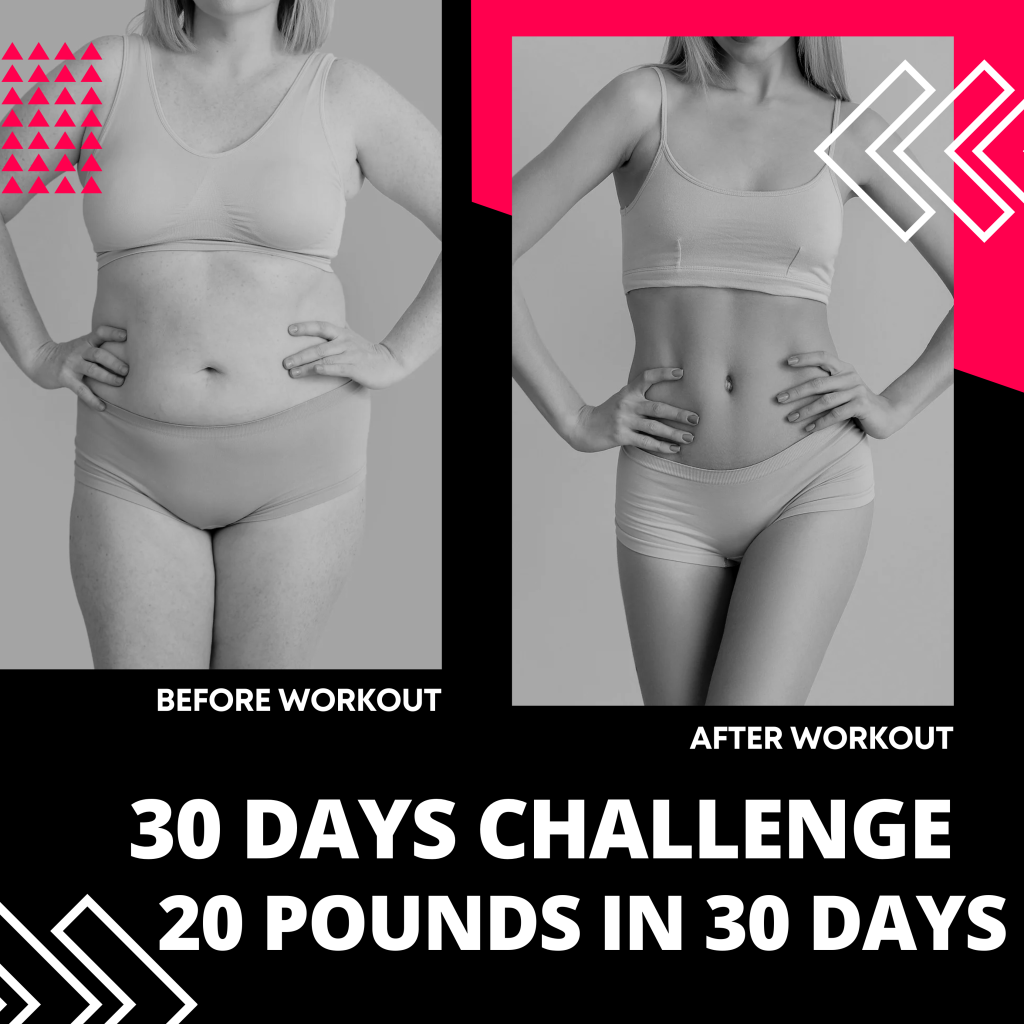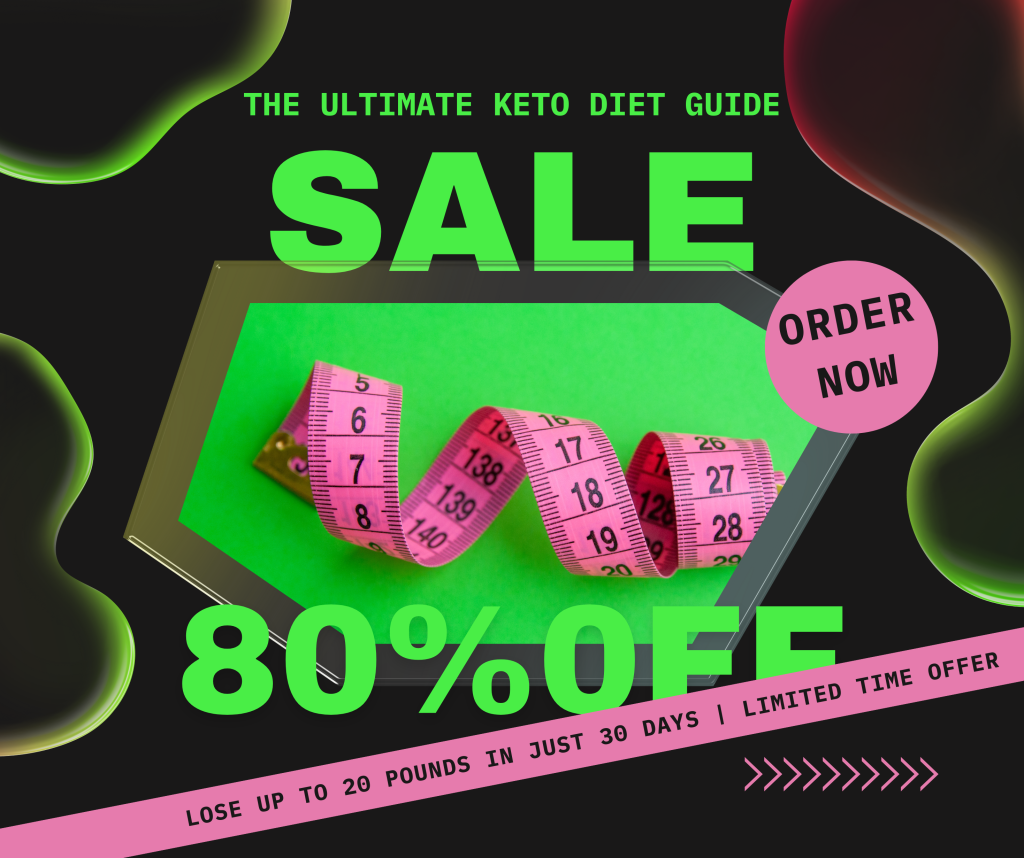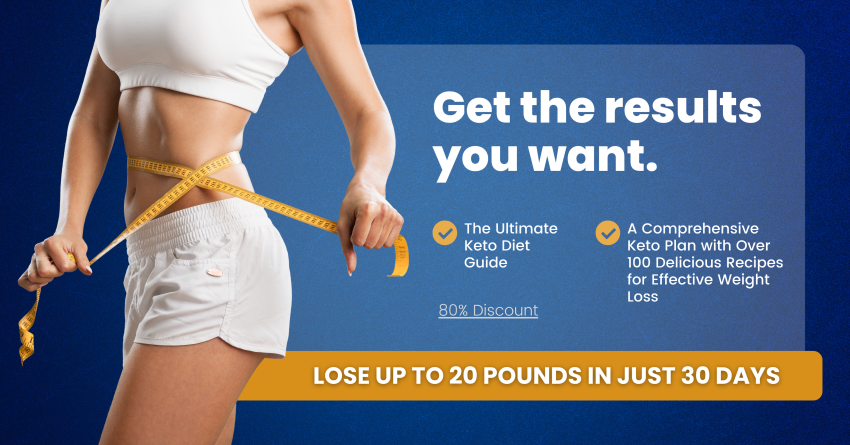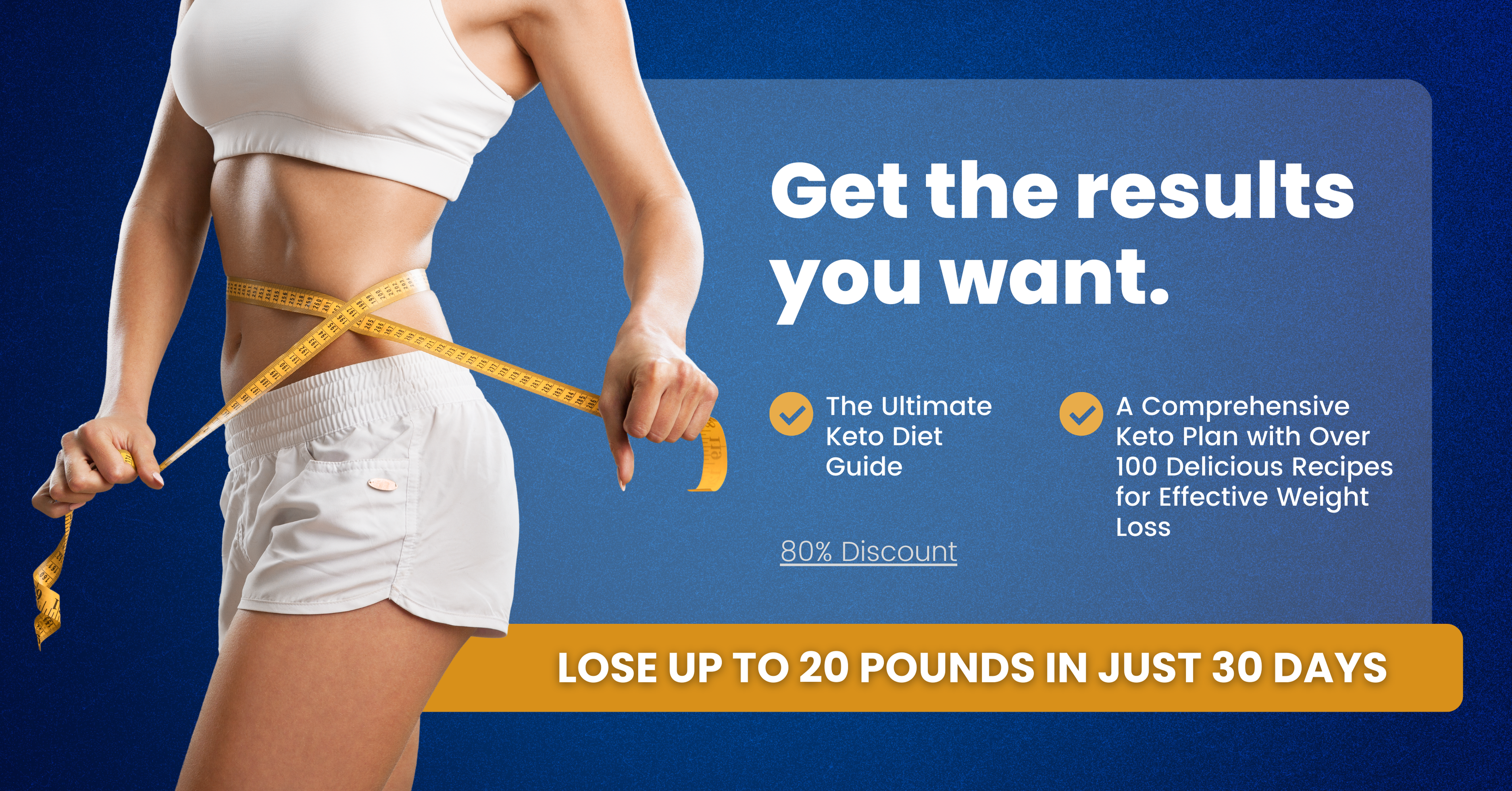

The ketogenic diet has been gaining popularity in recent years as a highly effective way to lose weight and improve overall health. Also known as the keto diet, this low-carb, high-fat eating plan has been shown to help people achieve their weight loss goals by forcing the body to burn fat for fuel instead of carbohydrates.
In this ultimate guide to the ketogenic diet, we will cover everything you need to know to get started on this transformative eating plan.
What is the Ketogenic Diet?
The ketogenic diet is a high-fat, moderate-protein, low-carbohydrate diet that forces the body to rely on fat for fuel instead of carbohydrates. By drastically reducing your carb intake and increasing your fat consumption, your body enters a state of ketosis, where it burns stored fat for energy.
Benefits of the Ketogenic Diet
There are numerous benefits to following a ketogenic diet, including:
– Weight Loss: By transitioning your body to burning fat for fuel, you can see significant weight loss results.
– Improved Energy Levels: Many people report increased energy levels and improved mental clarity when following a ketogenic diet.
– Better Blood Sugar Control: The keto diet can help stabilize blood sugar levels, making it a great option for those with diabetes or insulin resistance.
– Reduced Inflammation: The high-fat, low-carb nature of the keto diet has been shown to reduce inflammation in the body, leading to decreased risk of chronic diseases.
– Improved Cholesterol Levels: Contrary to popular belief, the keto diet can actually improve cholesterol levels by increasing HDL (good) cholesterol and reducing LDL (bad) cholesterol.
Foods to Eat on the Ketogenic Diet
When following a ketogenic diet, it’s important to focus on whole, nutrient-dense foods that are low in carbohydrates. Some keto-friendly foods include:
– Healthy fats: Avocado, olive oil, coconut oil, nuts, and seeds.
– Protein: Meat, poultry, fish, and eggs.
– Low-carb vegetables: Leafy greens, broccoli, cauliflower, zucchini, and peppers.
– Dairy: Full-fat dairy products like cheese and yogurt.
– Berries: Limited amounts of berries like raspberries, blackberries, and strawberries.
Foods to Avoid on the Ketogenic Diet
To achieve ketosis, it’s important to avoid high-carb foods that can hinder your progress. Some foods to avoid on the keto diet include:
– Grains: Bread, pasta, rice, and cereals.
– Sugar: Candy, soda, and other sugary treats.
– Starchy vegetables: Potatoes, corn, and carrots.
– Processed foods: Chips, cookies, and fast food.
– High-sugar fruits: Bananas, grapes, and mangoes.
Tips for Success on the Ketogenic Diet
– Track Your Macros: To ensure you are getting the right balance of fats, proteins, and carbs, consider tracking your macros using a food diary or app.
– Stay Hydrated: Drinking plenty of water is essential on the keto diet to help flush out toxins and keep your body hydrated.
– Plan Ahead: Meal prepping and planning ahead can help you stay on track and avoid reaching for high-carb options when you’re hungry.
– Listen to Your Body: Everyone’s body is different, so it’s important to listen to your body’s cues and make adjustments as needed.
In conclusion, the ketogenic diet can be a highly effective way to lose weight, improve energy levels, and achieve better overall health. By focusing on whole, nutrient-dense foods and avoiding high-carb options, you can successfully transition your body into a state of ketosis and reap the benefits of this transformative eating plan. Use this ultimate guide to the ketogenic diet to get started on your journey to better health today.
